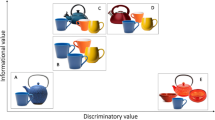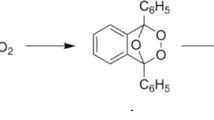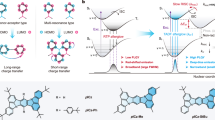Abstract
ON June 16 last I was at Lucerne, and at about 4 p.m. there was a remarkably brilliant rainbow over the lake. It was, however, unlike any previous rainbow ever seen by me, inasmuch as in addition to the ordinary bow of seven colours there was a second band of orange colour and a second band of purple, added to the other seven colours on the underside, but distinctly part of the same unbroken and continuous band of colour; in other words, it was a bright broad rainbow composed of nine instead of seven bands of colour. I have, since my return, met with no person able to explain this phenomenon. I was quite alone at the time. The rainbow lasted several minutes. It has been suggested to me that possibly some scientific reader of your paper could explain this very unusual appearance; or, at any rate, some other traveller at Lucerne on the day referred to may be able to confirm my description of what appeared to me so very unusual that I should almost have hesitated to accept any other person's description of it.
This is a preview of subscription content, access via your institution
Access options
Subscribe to this journal
Receive 51 print issues and online access
$199.00 per year
only $3.90 per issue
Buy this article
- Purchase on SpringerLink
- Instant access to full article PDF
Prices may be subject to local taxes which are calculated during checkout
Similar content being viewed by others
Author information
Authors and Affiliations
Rights and permissions
About this article
Cite this article
FULLER, T. An Unusual Rainbow. Nature 65, 273 (1902). https://doi.org/10.1038/065273b0
Issue date:
DOI: https://doi.org/10.1038/065273b0



